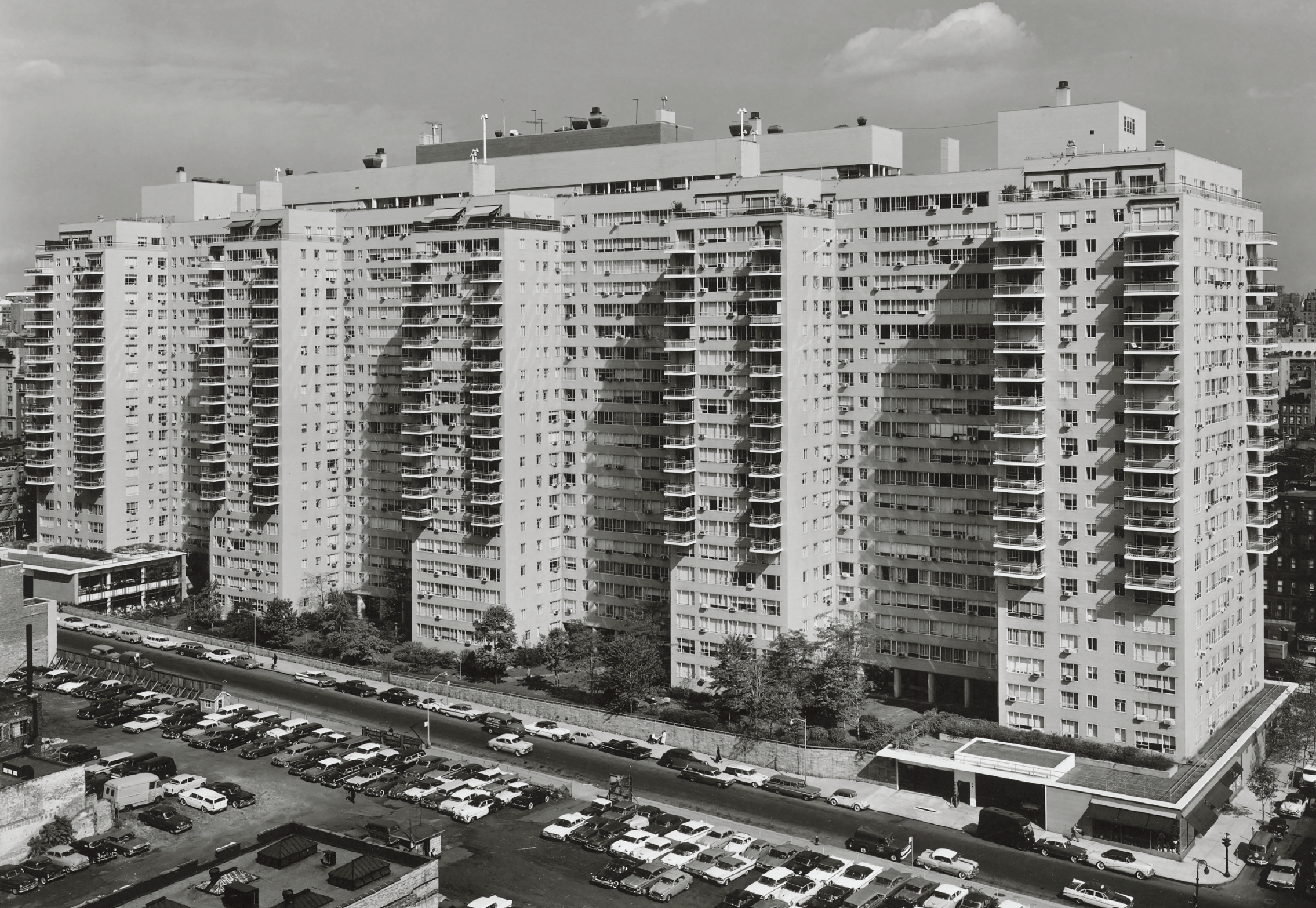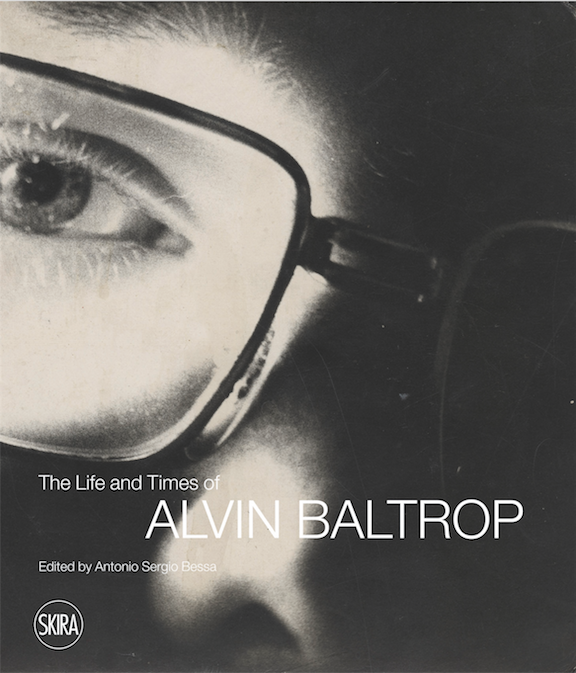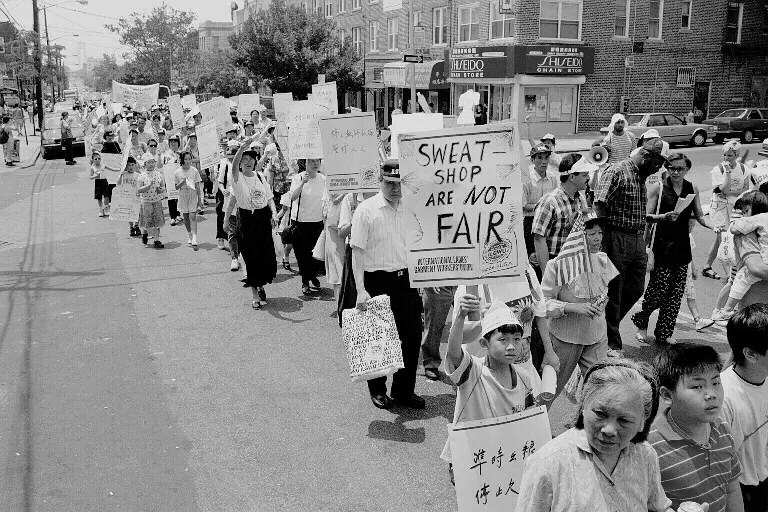“Citizen Power” Rebuilds East Brooklyn: The Nehemiah Housing Plan in the 1980s
By Dennis Deslippe
The jubilant mood of the five thousand people gathered on an October day in 1982 to break ground for a housing project in the Brownsville area of Brooklyn contrasted sharply with the surrounding vacant lots and abandoned walkups. As the crowd of African Americans, Hispanics, and white ethnics cheered, New York mayor Ed Koch lauded the East Brooklyn Congregations (EBC) for its construction of affordable two- and three-bedroom single-family houses. To the shouts of “EBC!” Mayor Koch led the countdown, from ten to zero, as the bulldozer dug into the ground to create the foundation for the first house. Dubbed the “Nehemiah Plan” after the biblical prophet who rebuilt Jerusalem, its organizers sought to transform neighborhoods whose deterioration matched that of the South Bronx as a national example of urban decay.
Read More









